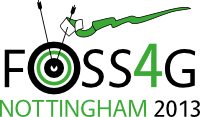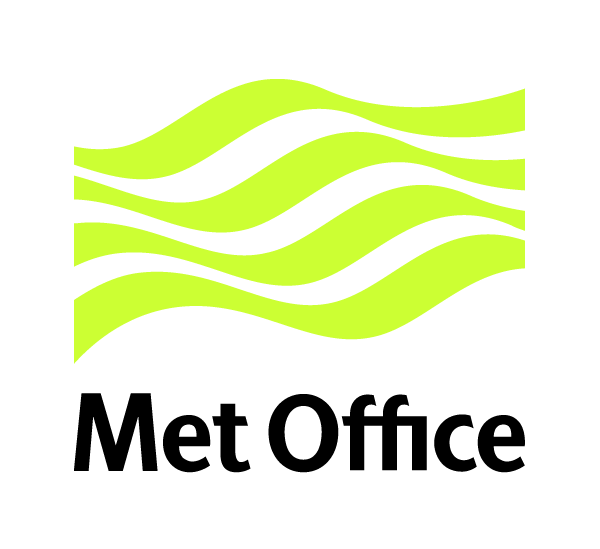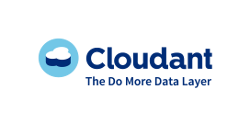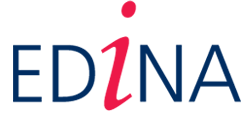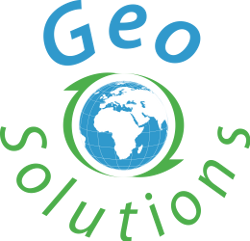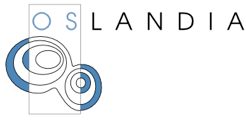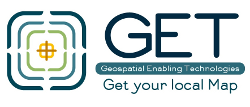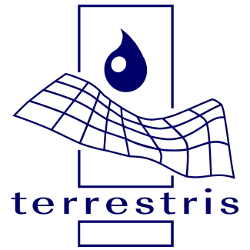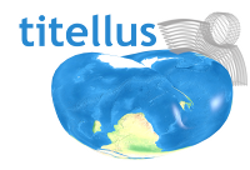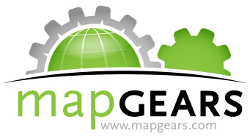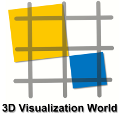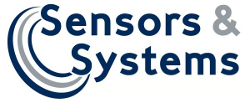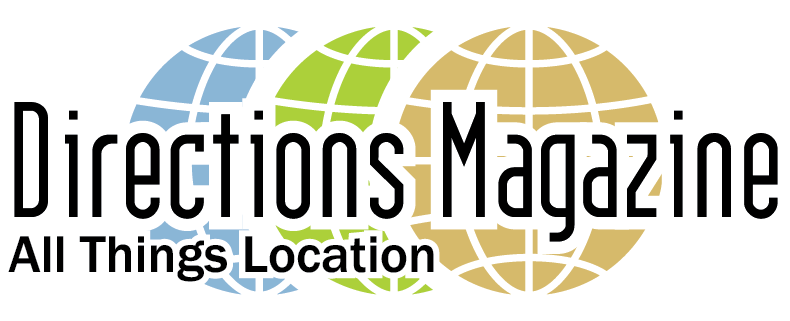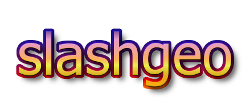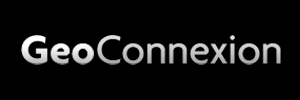Fiona provides our latest bursary write-up. Fiona is studying for an MSc in Conservation Science at Imperial College London and is interested in how Geospatial technology can be used to aid conservation projects.
As a conservationist attending software based conference I was worried a lot of the presentations would be way above my head, being more comfortable with the Burmese sort of python than the script type. However with a number of talks being highlighted for ‘newbies’ such as myself and a range of excellent keynote talks I found I was often rushing around trying to get all of the talks I had ear-marked.
There were a few talks that really stood out for me, largely because of their engaging speakers but also due to the topic matter which I found fascinating and relevant to my interests. Saying that there was such a broad range of topics covered at FOSS4G – from guiding natural disaster recover to mapping the freshest powder snow –it was difficult to pick just three!
The first presentation that I went to at FOSS4G was ‘An Introduction to Open Source Geospatial’, by Arnulf Christl; which for me set the tone for the whole conference and provided an excellent and balanced introduction to the current state of affairs within the open source world. It was also great to be introduced to FOSS4G by one of the key players and this year’s winner of the Sol Katz award.
Another highlight for me followed shortly afterward with Michelle Walker’s talk ‘A Toe In The Water – Using Open Source Software To Support Catchment Management’; which provided an excellent overview of how open source geospatial data and software is being used on a practical level by The Rivers Trust, in order to identify likely sources of river pollution as well as other tools allowing the identification of problematic barriers to migratory fish. I found this talk especially interesting as it not only highlighted the more technical aspects of the data processing and management, but also provided a great insight into how to practically use the vast amount of data that is becoming increasingly available.
My third and final top pick from this year’s FOSS4G was the keynote talk by Kate Chapman – the Acting Director from the Humanitarian OpenStreetMap Team (HOT). This talk was especially inspiring as I found it touched upon on all of the great strengths of the open source community – with HOT providing a service that is fast, responsive and most importantly, useful. Making geospatial data and software internationally relevant and perhaps even being the difference between life and death.
These three presentations, plus the many, many others which I have not mentioned, provided a great depth and breadth of information on the cutting edge work currently occurring within the open source geospatial world. What struck me throughout all the events I attended was the great desire and ability for collaboration, a characteristics which is all too often only considered superficially in the wider world; and one which I think all participants of FOSS4G should be proud of.
